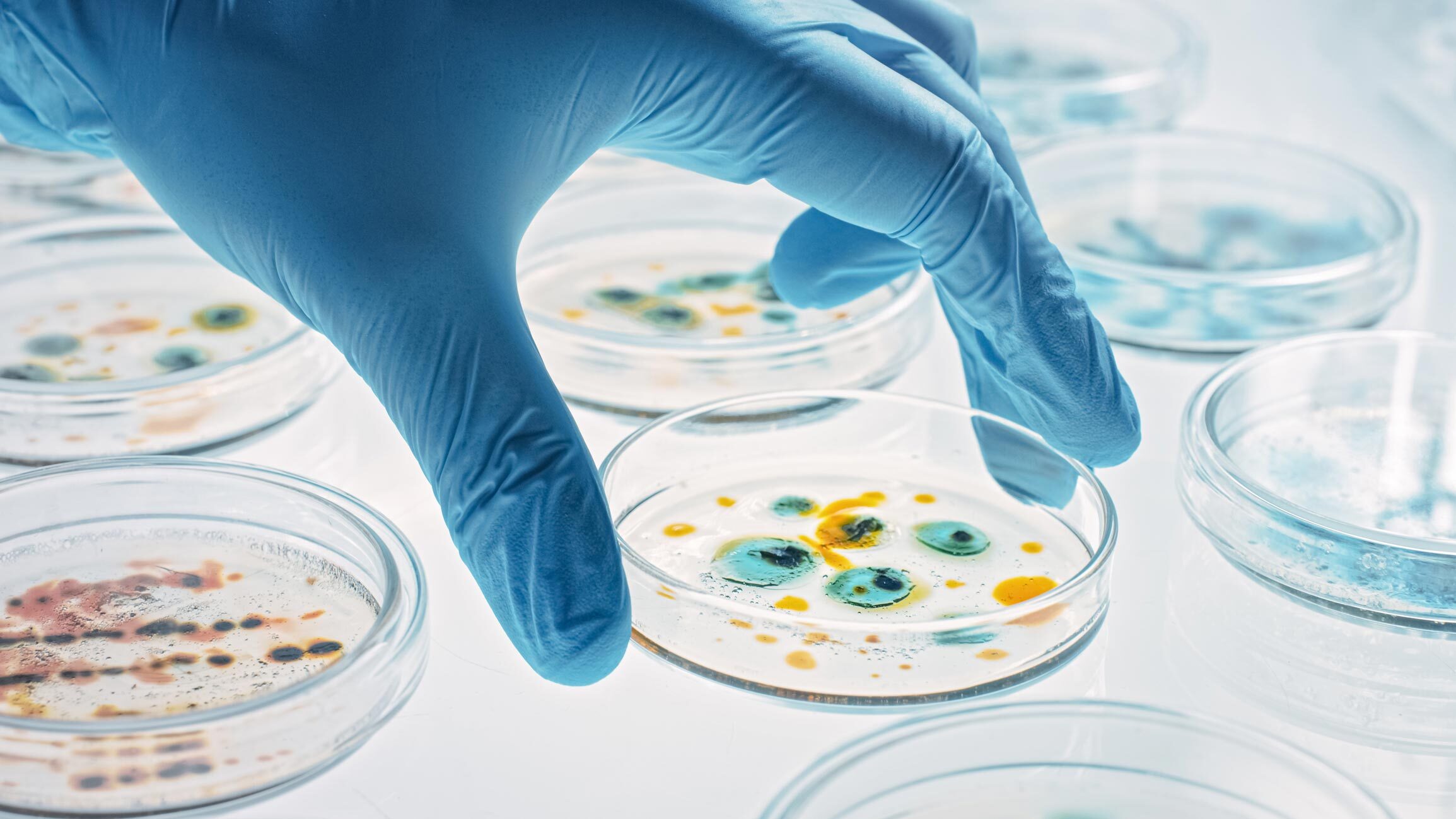
Immunohistochemical investigation of the effects of different doses of some endocrine-disrupting chemicals on receptorinteracting serine/threonine-protein kinase 1 (RIPK1) levels in the testis
DESCRIPTION
Aims: The reproductive toxicity of endocrine-disrupting chemicals (EDCs) is well known, but the underlying mechanism remains unclear. Receptor-interacting serine/threonine protein kinase 1 (RIPK1) mainly mediates cell death and inflammation. It is crucial to both necroptosis and apoptosis. Therefore, in this study, we aimed to investigate the changes in RIPK1 expression levels immunohistochemically in the adverse mechanism of EDCs on spermatogenic cells.
Methods: Forty-two Wistar Albino male rats (10 weeks old, 250±50 g) were assigned into seven groups. Bisphenol A (BPA), 4-Nonylphenol (NP), and their mixtures at low 25 mg/kg doses and high 100 mg/kg doses were used. The control group received corn oil via gastric tube. At the end of the 21 days of the experimental protocol, the testis tissues were extracted and immersed in Bouin's solution. Five µm sections were taken from the tissue and stained immunohistochemically with an anti-RIPK1 antibody. Histo (H)-score was calculated by determining the intensity of immunoreactivity in the sections.
Results: The results showed that the mixed dose group and all high-dose group round spermatids had excessive RIPK1 immunoreactivities compared to the control group and individually low-dose group of both (p<0.01). This result might be responsible for poor sperm quality, motility disruptions, or other reproductive consequences.
Conclusion: In conclusion, RIPK1 overactivation may be essential in pathophysiological conditions caused by EDC exposure at high doses and their mixture. Further studies are now needed to evaluate RIPK1 overactivation in testis tissues.